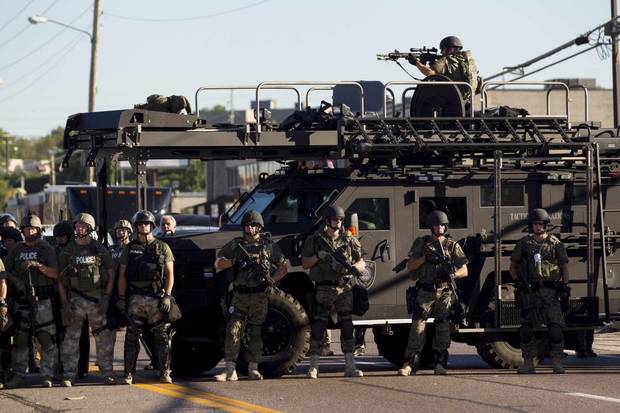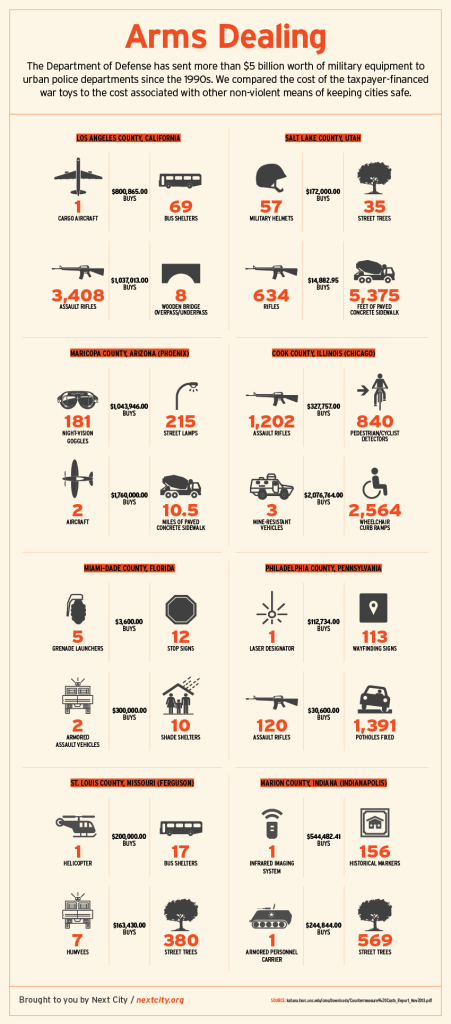Should Cincinnati look to Chicago’s new ARO for affordable housing guidance?.
Cincinnati has experienced rising property values in a handful Census tracts in recent years, while dozens remain below median values for the region. So unlike New York or San Francisco, the gentrification taking place in Cincinnati is not what typically comes to mind when the topic is discussed. A more apt comparison may be Chicago where a more extreme version of rising property values stand in contrast to swaths of the city that remain mired in poverty, and new policies are moving forward to address the matter. More from NextCity:
The new ARO would require that at least 25 percent of affordable units be built on site, removing the ability to opt out totally. City neighborhoods would be classified into “downtown,” “high-income” and “low-moderate income,” and the in-lieu fee for the remaining 75 percent of units, if a developer chooses that option, would rise to $175,000 downtown and $125,000 in high-income areas; it would fall to $50,000 in the rest of the city. Developers would also be allowed to meet the affordable unit requirement by building or rehabbing on other lots within a mile of the main site. The aim is to create affordable units in the neighborhoods where they’re most scarce, rather than to continue to concentrate them in the city’s poorer communities.
That goal reflects what makes Chicago’s affordable housing crisis different than the ones in a handful of coastal cities that have dominated national coverage. In many Chicago neighborhoods, depopulation, disinvestment, segregation and crime have kept housing values relatively low, even just a few miles from the booming downtown. Meanwhile, communities on the North Side — as well as a handful to the south and west of the Loop — have seen rapid gentrification and skyrocketing rents. That dynamic has led to a dramatic increase in economic segregation.

